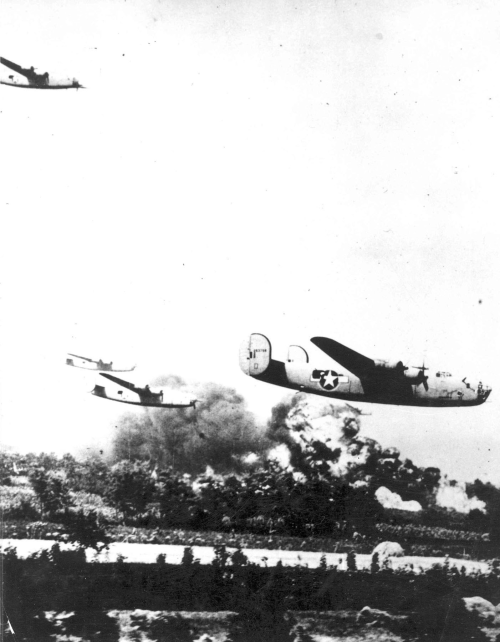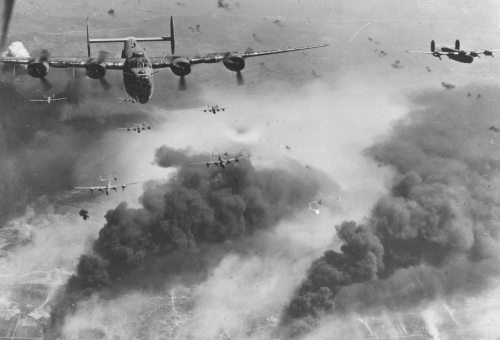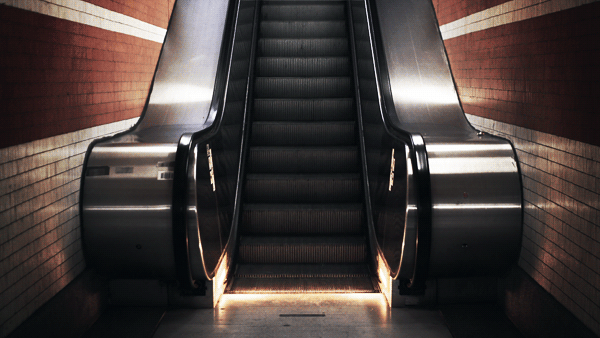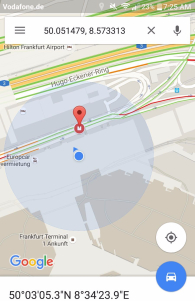December 29th marks the anniversary of the first-flight of the Consolidated B-24 Liberator. Designed by Consolidated under the name Model 32, in 1939 the proposal was offered to the War Department as the highest flying, fastest, and most advanced heavy bomber that American forces would have at their disposal. Though having a shorter hull and less wing area, the innovative design features of the B-24 resulted in a lighter aircraft with substantially greater carrying capacity. Only nine months after the awarding of the contract, the first prototype took flight.
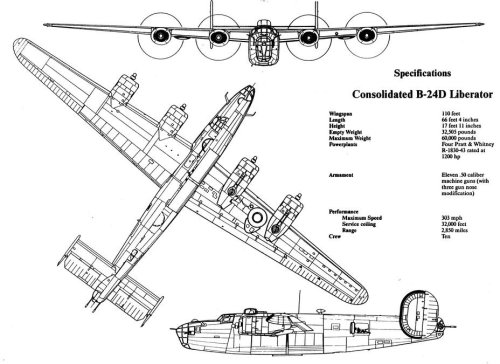
Often forgotten alongside the more famous B-17 Flying Fortress, the Liberator is still the most produced American military aircraft of all time. More than 18,400 units were delivered by war’s end; over half coming produced at the Ford Motor Company Willow Run plant at Belleville, Michigan. At peak, this purpose-built production plant rolled out B-24s at a rate of one per hour. Over 1000 crewmen slept in cots at the facility just to accommodate testing and delivery of the bombers.
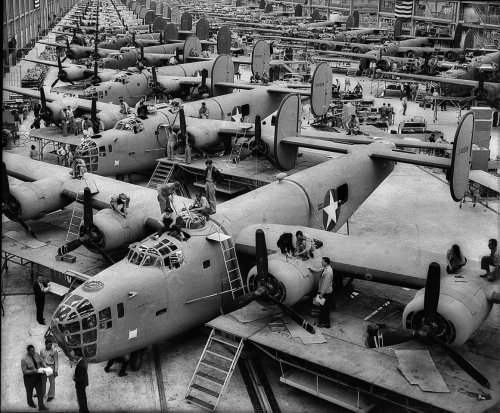

The B-24 entered service in 1941 with the British as transports and anti-submarine coastal patrols. The first American B-24 to see action was the lone Liberator stationed at Pearl Harbor and it was destroyed on the ground during the Japanese attack December 7th, 1941. Despite this less than heroic debut, the legacy of this aircraft is one of the most storied of WWII. During the war, crews of the Liberators would earn every honor available to our aviators; including the awarding of several Medals of Honor.
http://youtu.be/YWOk2–CY6E
Notable crewmen on B-24s included:
- George McGovern – pilot (Senator and Presidential candidate)
- Jim Wright – bombardier (Congressman and Speaker of the House)
- Stewart Udall – waist gunner (Congressman, Secretary of the Interior, author, and conservationist)
- Jimmy Stewart – pilot, squadron commander (actor)
- Robert Altman – co-pilot (film director)
- Don Herbert – pilot (actor, host of TV show Ask Mr. Wizard)
- Louis Zamperini – bombardier (Olympic runner and POW)
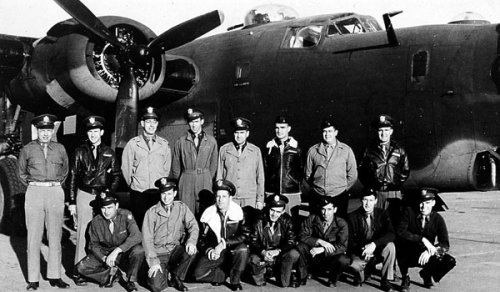
By the end of its service life, dozens of B-24 variants flew with a whole host of nations, including:
Australia, Brazil, Canada, China, Czechoslovakia, Germany (as Beuteflugzeug, captured aircraft, India, Italy, Netherlands, Nicaragua, Romania (At least three B-24Ds and one B-24J were rebuild from wrecks around Ploiesti in 1943–44.), Poland, Portugal, Soviet Union, South Africa, Turkey, the United Kingdom, and the United States
In its time, the B-24 was one of the most advanced and effective heavy bombers in the world. Though crews (and history) seem to prefer the B-17, the lessons learned during the creation, evolution, and service of the B-24 would lead to the development of the B-32 and B-36. These Warbirds would carry the Liberator’s legacy forward through Korea, to Vietnam, and into the height of the Cold War. Today, only 3 of these historic bombers remain airworthy.
